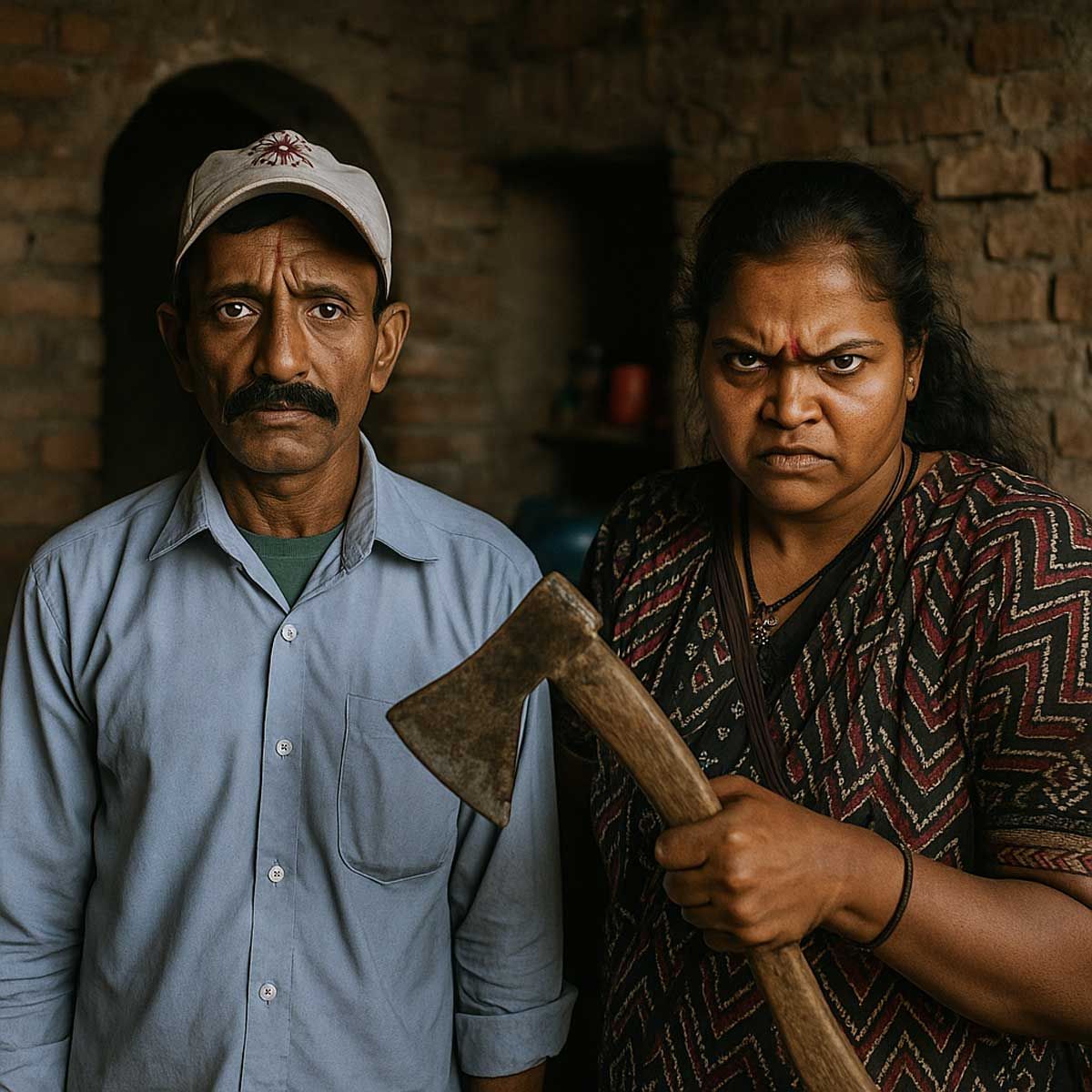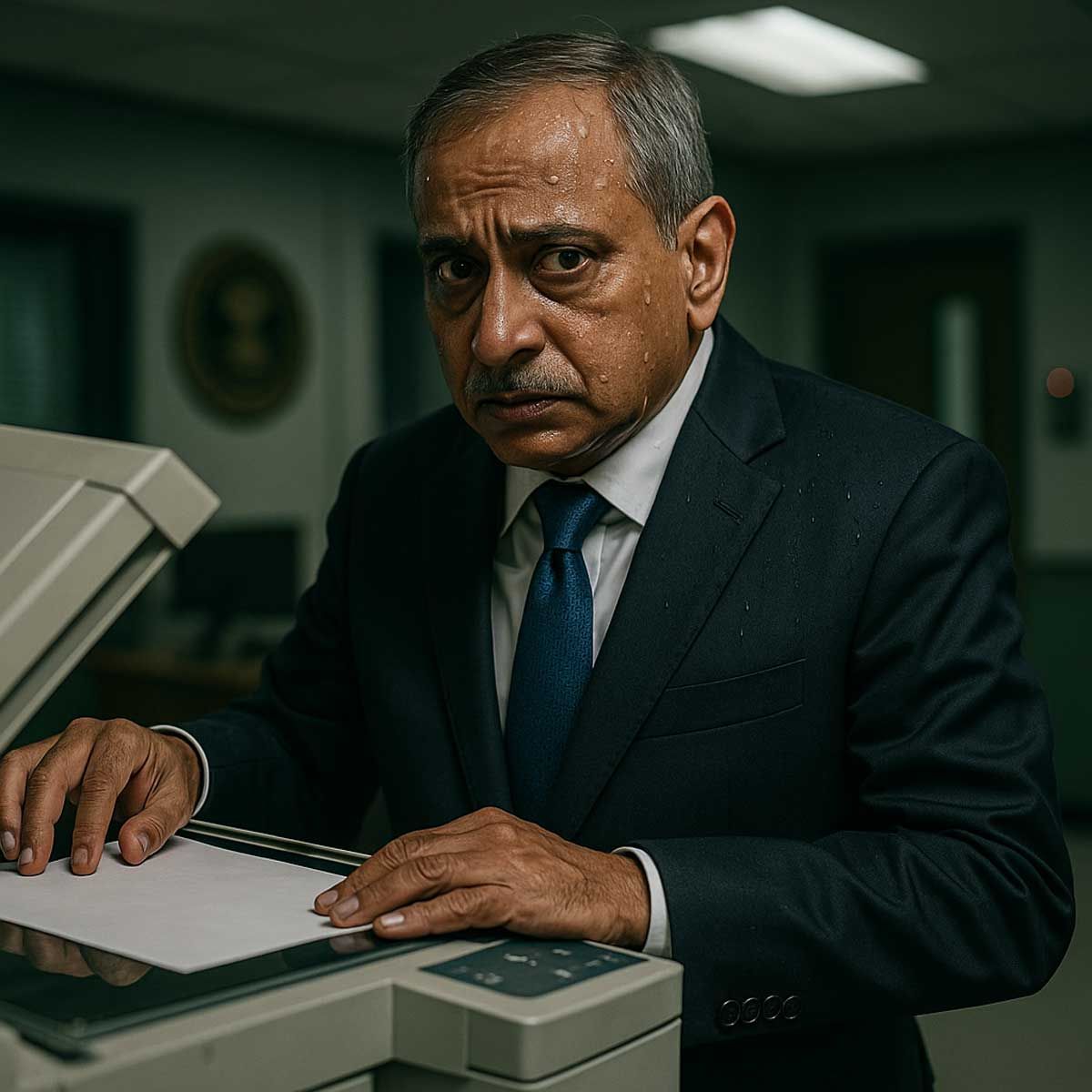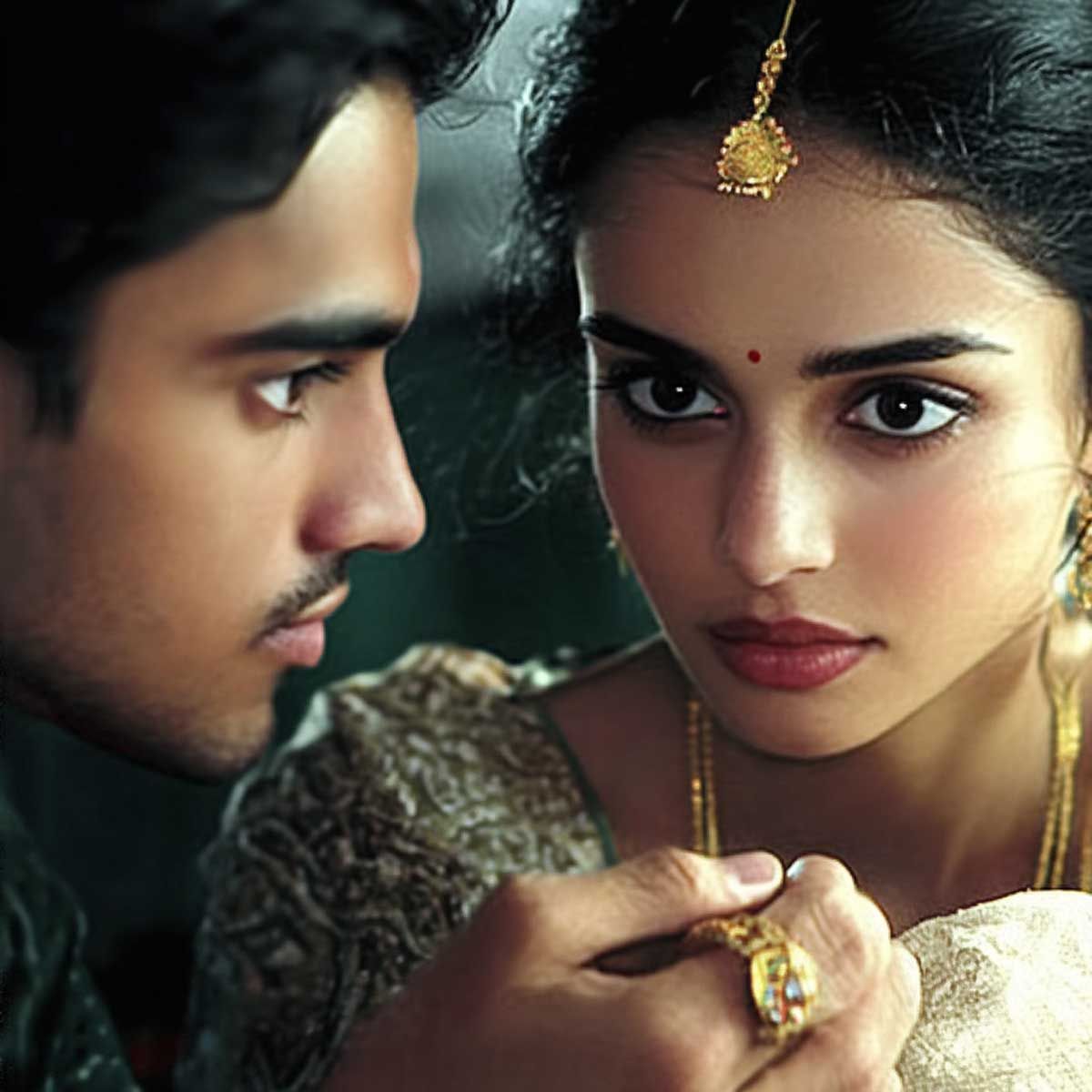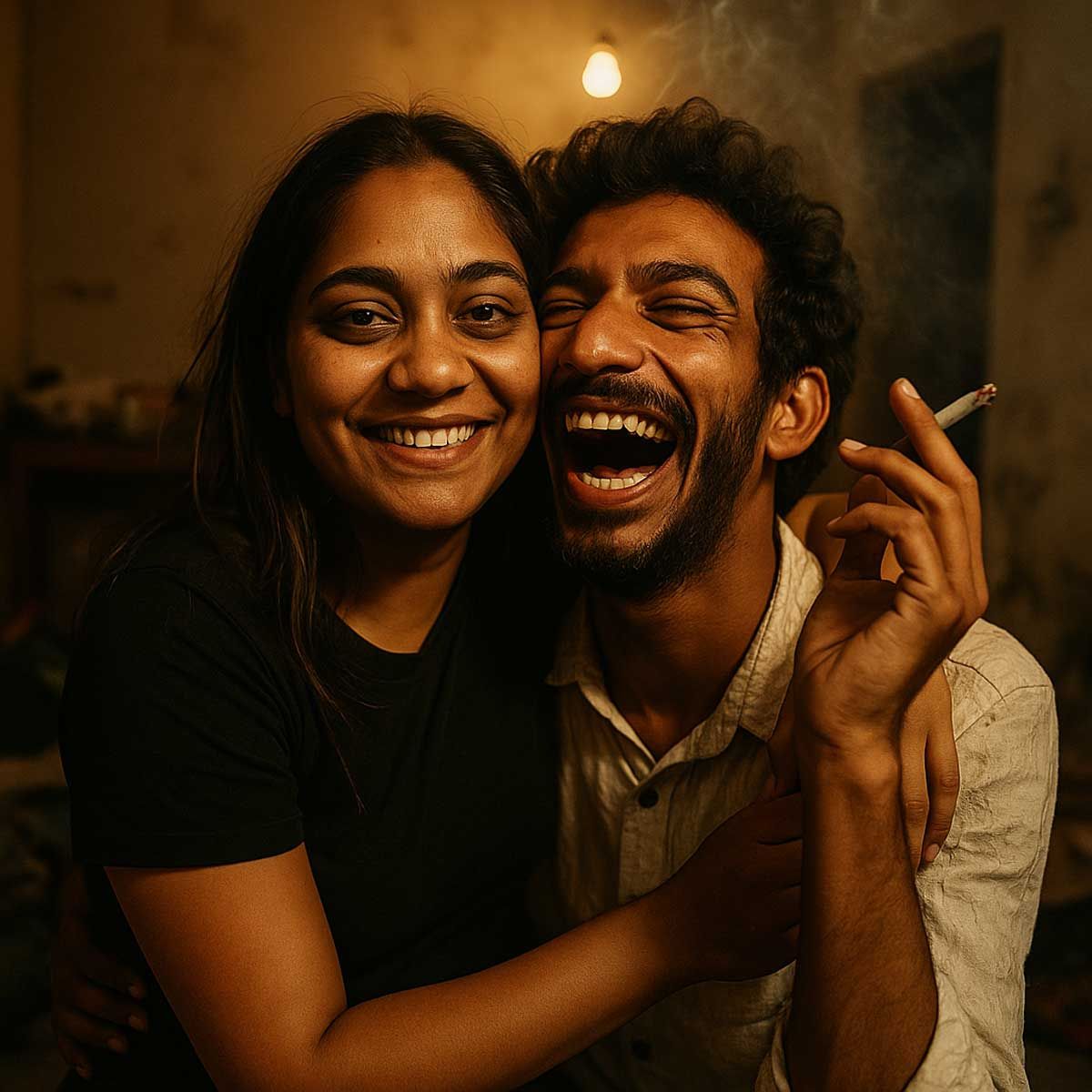More Coverage
Twitter Coverage
Satyaagrah
Written on
Satyaagrah
Written on
Satyaagrah
Written on
Satyaagrah
Written on
Satyaagrah
Written on
JOIN SATYAAGRAH SOCIAL MEDIA
"Your beliefs don't make you a better person, your behavior does": Shocking incident in Delhi's Dwarka as women pilot and her husband had to face mob outrage for employing and torturing a 10-year-old girl, Child abuse and legal violations exposed

In a disturbing incident in Delhi's Dwarka, a pilot and her husband, who both work for an airline, were brutally thrashed by a mob. The reason behind the attack was their alleged employment of a 10-year-old girl as a domestic help, whom they also reportedly subjected to torture.
|
Shocking videos captured the scene, showing the pilot being repeatedly slapped, pulled by her hair, and hit by several women while she begged for help. Despite her pleas and apologies, the assault continued. Her husband also faced a separate assault by a group of men as he tried to come to his wife's rescue.
According to reports, the couple had hired the 10-year-old girl for domestic chores around two months ago. Today, a relative of the girl noticed injury marks on her arms and informed the police. It is believed that the girl was subjected to abuse under the suspicion of theft.
As news of the alleged torture spread among local residents and they saw the visible injury marks on the girl, a mob formed and attacked the couple. Later, the police arrived at the scene and arrested the couple. A case has been registered, and a thorough investigation is underway.
|
Employing children as domestic help is strictly prohibited in India, but unfortunately, this rule is often violated. The authorities have conducted a medical examination of the girl, revealing burn marks on her arms. She has also received counseling and support. Based on her statement, the police have registered a complaint under various stringent sections of the Indian Penal Code, the Child Labour (Prohibition and Regulation) Act, and the Juvenile Justice (Care and Protection of Children) Act.
This incident highlights the urgent need to protect vulnerable children from exploitation and abuse. The emotions of disgust and sympathy arise for the young victim who endured such cruelty. It is crucial for society to stand against such acts and ensure the well-being and safety of every child.
|
Indian Penal Code (IPC): The Indian Penal Code is the primary criminal code of India. It is a comprehensive code, intended to cover all substantive aspects of criminal law. The code was drafted in 1860 and came into force in British India during the early British Raj period in 1862. However, it has since been amended several times to accommodate changes in society and its norms. The IPC has 23 chapters containing 511 sections in total, which define crimes and specify the punishments for them, ranging from fines to imprisonment, life imprisonment, and even the death penalty. The offenses under IPC are divided into two categories: cognizable offenses and non-cognizable offenses. Cognizable offenses are those where the police can arrest without a warrant, while non-cognizable offenses require a warrant for arrest.
Child Labour (Prohibition and Regulation) Act, 1986: This Act is a legislative action to prohibit the engagement of children in certain employments and to regulate the conditions of work of children in certain other employments. The Act defines a child as a person who has not completed their 14th year of age. The Act prohibits the employment of children in certain specified hazardous occupations and processes and regulates the working conditions in others. The punishment for employing child labour is imprisonment for a term which shall not be less than three months but which may extend to one year, or with fine which shall not be less than ten thousand rupees but which may extend to twenty thousand rupees, or with both.
Juvenile Justice (Care and Protection of Children) Act, 2015: This Act is a primary legal framework for juvenile justice in India. The Act provides for the protection of children in conflict with the law and children in need of care and protection by catering to their basic needs through proper care, protection, development, treatment, social re-integration, and by adopting a child-friendly approach. The Act categorizes the crimes committed by juveniles into petty, serious, and heinous crimes, and the punishment varies accordingly. For heinous crimes committed by a child aged between 16-18 years, the Act allows the Juvenile Justice Board to assess if the crime was committed as a 'child' or as an 'adult'. This Act has been controversial due to its provision allowing the trial of juveniles in conflict with the law as adults for heinous offenses.
 Support Us
Support Us
Satyagraha was born from the heart of our land, with an undying aim to unveil the true essence of Bharat. It seeks to illuminate the hidden tales of our valiant freedom fighters and the rich chronicles that haven't yet sung their complete melody in the mainstream.
While platforms like NDTV and 'The Wire' effortlessly garner funds under the banner of safeguarding democracy, we at Satyagraha walk a different path. Our strength and resonance come from you. In this journey to weave a stronger Bharat, every little contribution amplifies our voice. Let's come together, contribute as you can, and champion the true spirit of our nation.
 |  |  |
| ICICI Bank of Satyaagrah | Razorpay Bank of Satyaagrah | PayPal Bank of Satyaagrah - For International Payments |
If all above doesn't work, then try the LINK below:
Please share the article on other platforms
DISCLAIMER: The author is solely responsible for the views expressed in this article. The author carries the responsibility for citing and/or licensing of images utilized within the text. The website also frequently uses non-commercial images for representational purposes only in line with the article. We are not responsible for the authenticity of such images. If some images have a copyright issue, we request the person/entity to contact us at This email address is being protected from spambots. You need JavaScript enabled to view it. and we will take the necessary actions to resolve the issue.
Related Articles
- Rampur’s royal family finally repossess waqf properties ‘encroached’ by imprisoned Samajwadi Party MP Azam Khan after a thorough investigation by the Uttar Pradesh Shia Central Waqf Board
- Bombay High Court commuted the death sentence of serial killer sisters Seema Gavit and Renuka Shinde to a life sentence: The story of serial killer sisters who Kidnapped toddlers, then murdered them
- "In the shadow of trust, lies betrayal's grip": In a chilling exploitation in Bengaluru, a retired 60-year-old man was ensnared in a honeytrap, losing a staggering Rs 82 lakh, police arrested 3, revealing a darker underbelly of blackmail in the city
- United Hindus hoist a 108 feet tall saffron flag at same place where Islamists had uprooted flag earlier: Kawardha, Chhattisgarh
- 'Wanted to assassinate Queen Elizabeth for Jallianwala Bagh massacre': Claims Sikh man who broke into Windsor Castle
- UP Police deployed Bulldozer forced kingpin of a car theft syndicate Nasiruddin to spill out the secrets of his illicit business: Accused revealed all his accomplices Shahid, Riajul, Imran, Furkan, and Armaan
- Indian Ambassador TS Tirumurti raised the issue of 'Hindumisia' at the UN forum during the International Counter-Terrorism Conference 2022; raised awareness about Hinduphobia that is rising across the world
- Beijing’s expansionist and interventionist policies has stirred Anti-China sentiments in Nepal: Reports of China drawing fierce pushback from Nepali citizens surfaces
- Remarkable return to Uttar Pradesh of Dr. Gita Patel, a Sardar Vallabhbhai Patel's descendant, embraces the state's good governance under Aditya Yoginath, she ushers in a groundbreaking revolution in cancer treatment, shaping a brighter future for UP
- Kerala govt. employees to pay Jizya tax on undertaking Sabarimala pilgrimage
- "Justice may have a long road, but it misses no turn": NIA apprehends dreaded gangster Vikram Brar, post his deportation from UAE, this remarkable achievement disrupts underworld activities and is a testament to international cooperation in justice
- 1410 hectares of encroached forest land recovered: Assam govt carries out eviction drive in Lumding
- ‘Don’t use IMA to propagate any religion’: Read what the Delhi court said slamming IMA President John Rose Jayalal
- NCPCR Asks Delhi Police To File FIR Against Twitter; Seeks Ban For Kids Until Deemed Safe
- Beauty and fashion unicorn Nykaa IPO subscribed over 80 times, retail segment 12.2 times




























